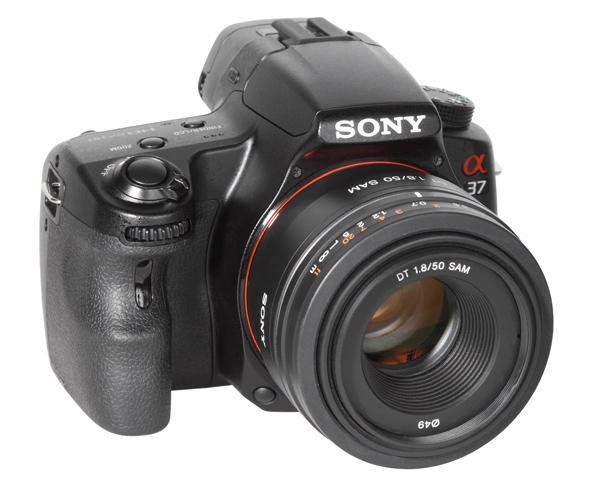Edited by George Schaub
|
May 10, 2013 |
First Published: Apr 01, 2013
|
Apr 30, 2013 |
First Published: Apr 01, 2013
|
Apr 18, 2013 |
First Published: Mar 01, 2013
|
Apr 12, 2013 |
First Published: Mar 01, 2013
|
Apr 10, 2013 |
First Published: Mar 01, 2013











